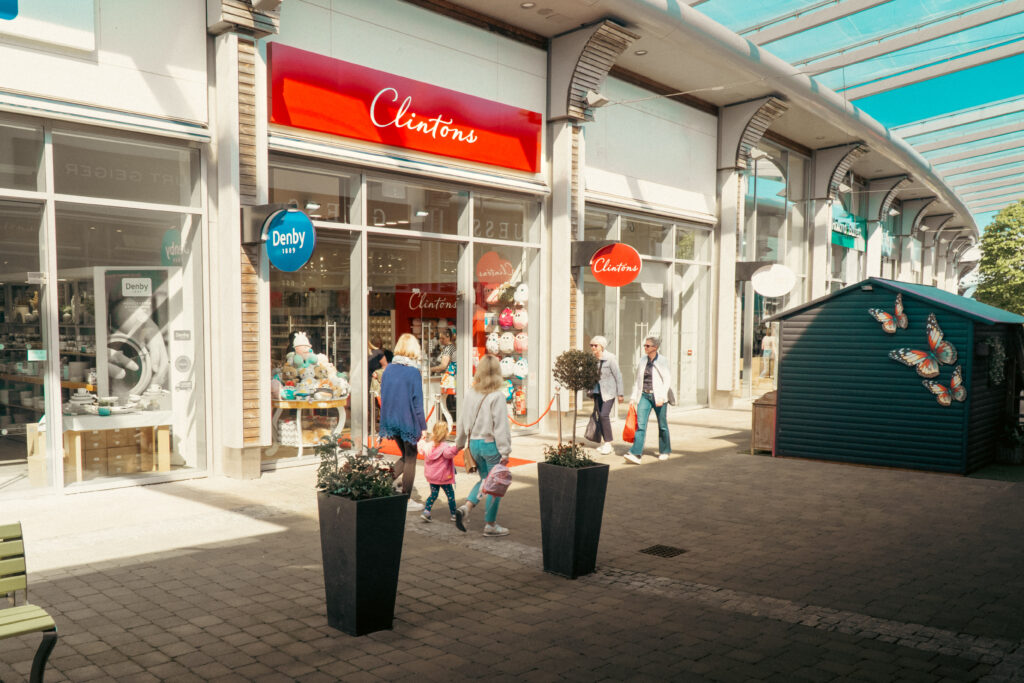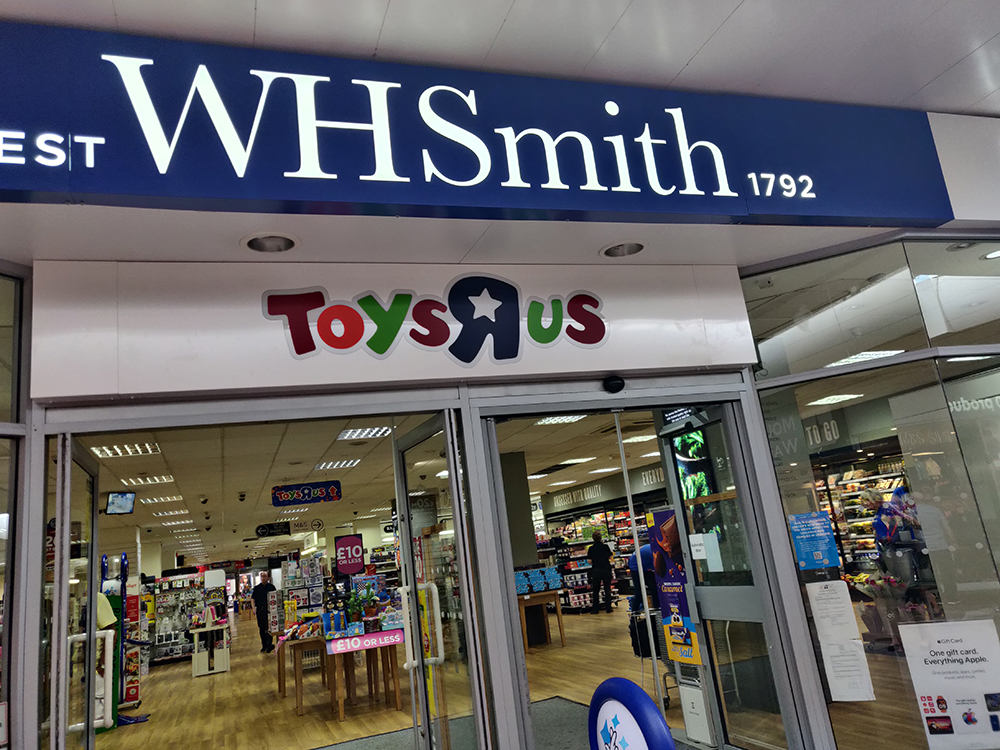The global online luxury market will more than double in the next five years as major brands continue to increase their range availability online, and players which were reluctant to make websites transactional, such as Tom Ford, succumb.
The pureplay market will outpace total online by 65 percentage points between 2015 and 2020, as etailers invest in customer engagement and in differentiating their offer.
Despite the luxury market being forecast to rise 113.7% between 2015 and 2020 to just shy of £50bn, online‘s share of the total market will remain below 11%. Much of luxury spend is conducted while consumers are overseas, particularly in Europe or tax free markets such as Hong Kong, making physical stores the preferred and more convenient channel. Moreover, consumers continue to enjoy the aspirational instore experience.
While they do not benefit from a physical presence, online pureplays such as MyTheresa, Yoox and FarFetch will drive future online growth. They will continue to grow their branded offers, differentiate via selling unique brands (especially those that have a limited presence outside of their domestic market) and launch country-specific transactional websites, improving the accessibility of luxury goods and allowing them to reach a larger customer base.
Verdict‘s latest study on the global luxury goods market predicts that the online luxury pureplay market will grow 178% between 2015 and 2020, reaching almost €15bn and a 30% share of total online spend. According to Verdict retail analyst Jessica Fioriti: “More consumers will be tempted to purchase high value items from online pureplays due to the variety of brands and convenience of shopping across different labels and markets.
However, it isn‘t all about choice, in order to compete with luxury brands and chip away at Net-a-Porter‘s 13.6% share of the pureplay market, the likes of Yoox and Avenue 32 must continue to invest in service, the shopping experience and customer engagement.
“Investment in enhancing loyalty among shoppers is particularly important now, as luxury brands are starting to invest significantly in the channel themselves, having recognised the sales growth potential provided, and have the benefit of integrating online and offline platforms” adds Honor Westnedge, analyst at Verdict.
Luxury pureplays FarFetch, Shopbop and even MyWardrobe – which has struggled to drive up the scale required to succeed and, as a result, has cancelled its SS15 orders from designer labels – will come up against increased competition from luxury brands in the next five years. However, they have a winning proposition and will drive online luxury spend if they focus on convenience – which luxury brands will continue to fall behind on – and broaden the variety of international brands and products they offer.


















